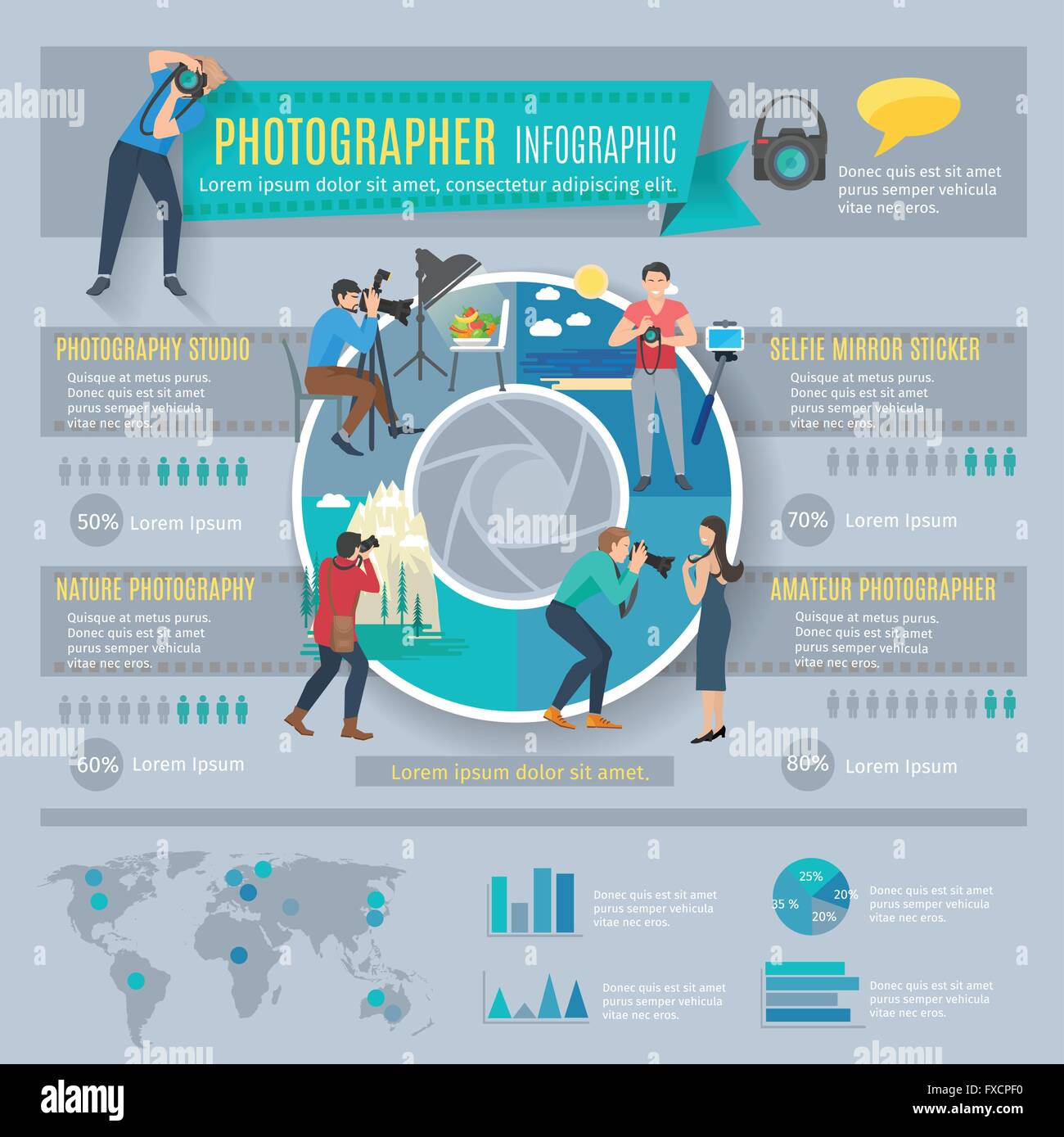What Every Professional Photographer Should Learn About Illumination
What Every Professional Photographer Should Learn About Illumination
Blog Article
Write-Up Writer-Caldwell Polat
As a photographer, you understand that lighting can make or break your photos. Comprehending the subtleties of both all-natural and synthetic light is crucial for catching the state of mind and clarity you aim for in your job. Whether you're chasing the excellent gold hour radiance or tweak your synthetic setups, understanding these components can boost your digital photography considerably. However there prevail challenges that many ignore, and acknowledging them can transform your method to every shoot. Let's discover what you might be missing and how it can affect your results.
Comprehending Natural Light
Comprehending all-natural light is essential for any type of professional photographer looking to improve their work. Web Site 's the structure of excellent photography, affecting mood, tone, and clearness. When you shoot outdoors, pay attention to the time of day. The golden hour-- shortly after dawn and before sunset-- offers soft, warm light that can change regular scenes into stunning pictures.
Don't undervalue the power of cloudy days. Cloud cover diffuses sunshine, developing a soft, even light that's ideal for portraits and macro photography. You'll find colors appear this type of illumination without rough darkness.
Placing issues, too. Constantly consider your subject's alignment to the source of light. If the sunlight's behind your topic, you might wind up with a silhouette, which can be significant however mightn't be what you desire. On the other hand, straight sunlight can develop uncomplimentary darkness.
Trying out angles; in some cases, changing your viewpoint can yield outstanding outcomes. Usage natural reflectors, like water or sand, to bounce light onto your subject, including dimension.
Learning Artificial Light
Understanding synthetic light is vital for professional photographers who intend to take their skills to the next level. Whether you're making use of speedlights, workshop strobes, or constant lights, comprehending how to manipulate these resources can substantially boost your images.
Beginning by acquainting on your own with the basics of light high quality, instructions, and color temperature level. Explore various modifiers like softboxes, umbrellas, or grids to regulate the soft qualities or harshness of the light.
You'll find that soft light frequently creates lovely outcomes, while harsher light can add drama and deepness. Do not avoid shadows; they can improve the three-dimensionality of your topics.
Pay very close attention to the placement of your lights. A light positioned as well near your topic can create unflattering results, while also far can lead to a lack of information. Make use of a light meter or your electronic camera's histogram to ensure you're revealing correctly.
Lastly, bear in mind that synthetic light can be blended with ambient light for creative impacts. Balancing these resources might take practice, once you grasp it, your digital photography will genuinely radiate.
Techniques for Various Scenarios
When you step into various shooting circumstances, adjusting your illumination techniques is important for capturing the very best images. For outdoor pictures, utilize the gold hour-- early morning or late afternoon light-- to soften shadows and improve complexion.
If it's a harsh midday sun, take into consideration utilizing a reflector to bounce light back onto your subject or look for shaded locations for an extra also direct exposure.
In Photo studio -light situations, like indoor occasions, raise your ISO and utilize a vast aperture to allow in more light. A tripod can assist eliminate electronic camera shake, permitting longer direct exposures without blurring.
If https://blogfreely.net/damian98kirby/just-how-to-pick-the-right-cam-for-your-photography-needs shooting at night, trying out off-camera flash to produce vibrant illumination and depth in your pictures.
For product digital photography, use diffused lights to prevent severe reflections. Softboxes or light tents can aid achieve this effect.
When photographing landscapes, consider the instructions of light and time of day, as it can dramatically alter the mood of your shot.
Always prepare to adjust your settings and positioning based upon the situation, as versatility is crucial to mastering lights in photography.
Final thought
Finally, grasping lights is crucial to raising your photography skills. Welcome all-natural light's elegance throughout golden hour, and don't shy away from try out fabricated light techniques. By adapting your strategy to various situations, you'll capture magnificent pictures that reverberate with emotion and clearness. Remember, the right lights can change a normal shot into something extraordinary, so keep exercising and improving your understanding of both all-natural and man-made light. Delighted capturing!
